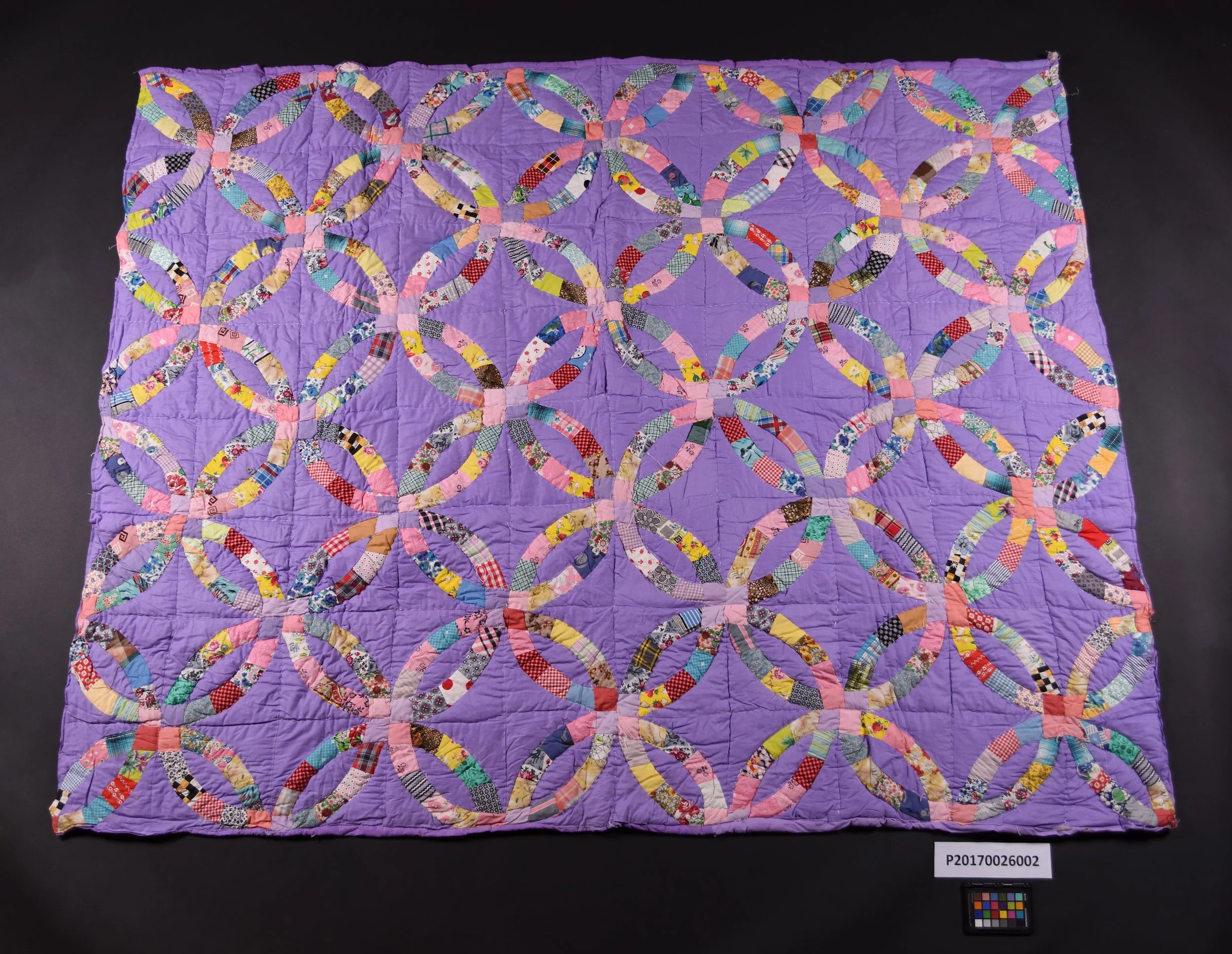100 Years Ago: Czech Army Goes to Canada
“Czech Army Will Go Thro’ Canada”
An armoured train with Czechoslovak Legion soldiers on the Trans-Siberian Railway, July 1918
Unknown author, Public domain, via Wikimedia Commons
This admittedly puzzling headline was published in the Lethbridge Herald on April 1, 1920. Despite sounding improbable, it was not an April Fool’s joke but an actual piece of news right from the newspaper’s front page! To understand what was going on, we need to take a broad look at the world in the aftermath of the “Great War.”
The “Czech Army” was the so-called Czechoslovak Legion, a military formation of 70,000 soldiers that was sent into the field in 1917. The brigade was predominantly composed of Czech volunteers. It was formed to fight for Britain and its allies against the Central Powers. The Czechs saw their service as a way to secure the establishment of an independent Czech national state.
Eventually, the Czechoslovak Legion was caught in the middle of the Russian Civil War, with no way to get out but to march east, through Siberia, to the Pacific coast. They completed the march east in 1920 with “remarkable poise and resiliency.” As the editors at Military History Now put it, “the legion turned themselves into a massive railroad army that steamrolled through Russia crushing all resistance in its path.” Along the way, they captured the Tsar’s Imperial gold reserve which contained several train cars-worth of gold bullion, they came close to rescuing Tsar Nicolas II and they attracted the attention of people across the globe, including in Lethbridge.
After several years of fighting, the Legion finally reached the port of Vladivostok in 1919. The Entente governments agreed to organize the evacuation of 67,700 people from the Legion on 36 ships. One group of ships were set to follow a route around Asia via the Suez Canal to Trieste. The second group of ships were to cross the Pacific Ocean and through the Panama Canal. The third group of ships were to make a cross-Pacific journey to British Columbia, where the Legion members on board would cross Canada from coast to coast by train on their way home.
It is safe to say their trip across Canada was more pleasant and much faster than the "Doctor Zhivago-style” journey through Siberia.
You can learn more about the history of the First World War and its aftermath in the searchable resources on our online database at https://collections.galtmuseum.com, and in our online exhibit Pandemic at Home: The 1918–1919 Flu.











Dr. Frank Hamilton Mewburn was a wiry and fiery surgeon, politician, army officer, and university professor who greatly contributed to the development of Lethbridge. Mewburn came from a long ling of medical professionals, graduating from McGill University in Montreal in 1881.